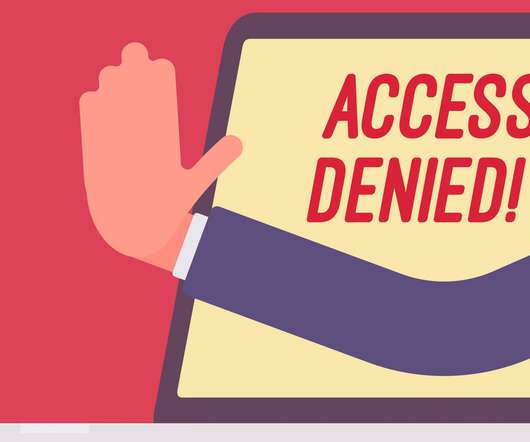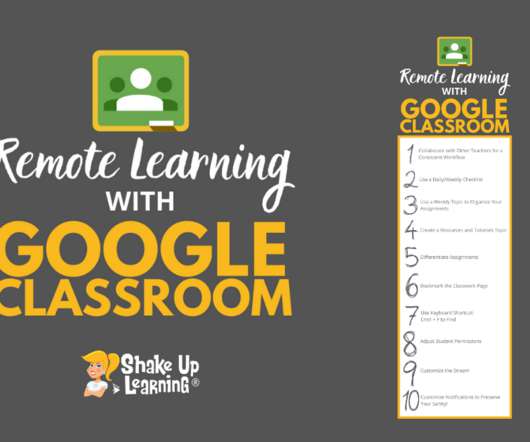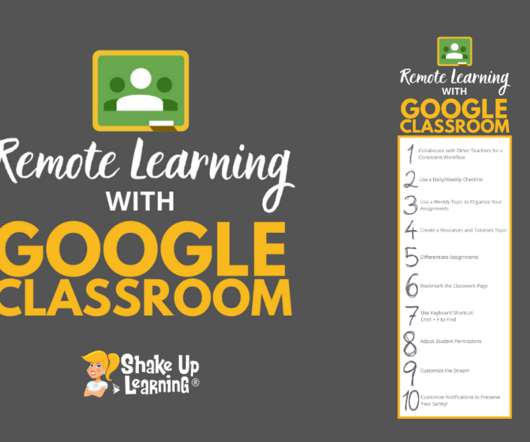Can the ‘Netflix For Textbooks’ Model Actually Improve Access?
Edsurge
SEPTEMBER 30, 2021
The latest player to jump in is Pearson, which released Pearson Plus over the summer as a “pay-as-you-go” alternative to traditional textbooks. Subscribers to Pearson Plus pay $9.99 per month for one access to one digital textbook or $14.99 Subscribers to Pearson Plus pay $9.99

































Let's personalize your content